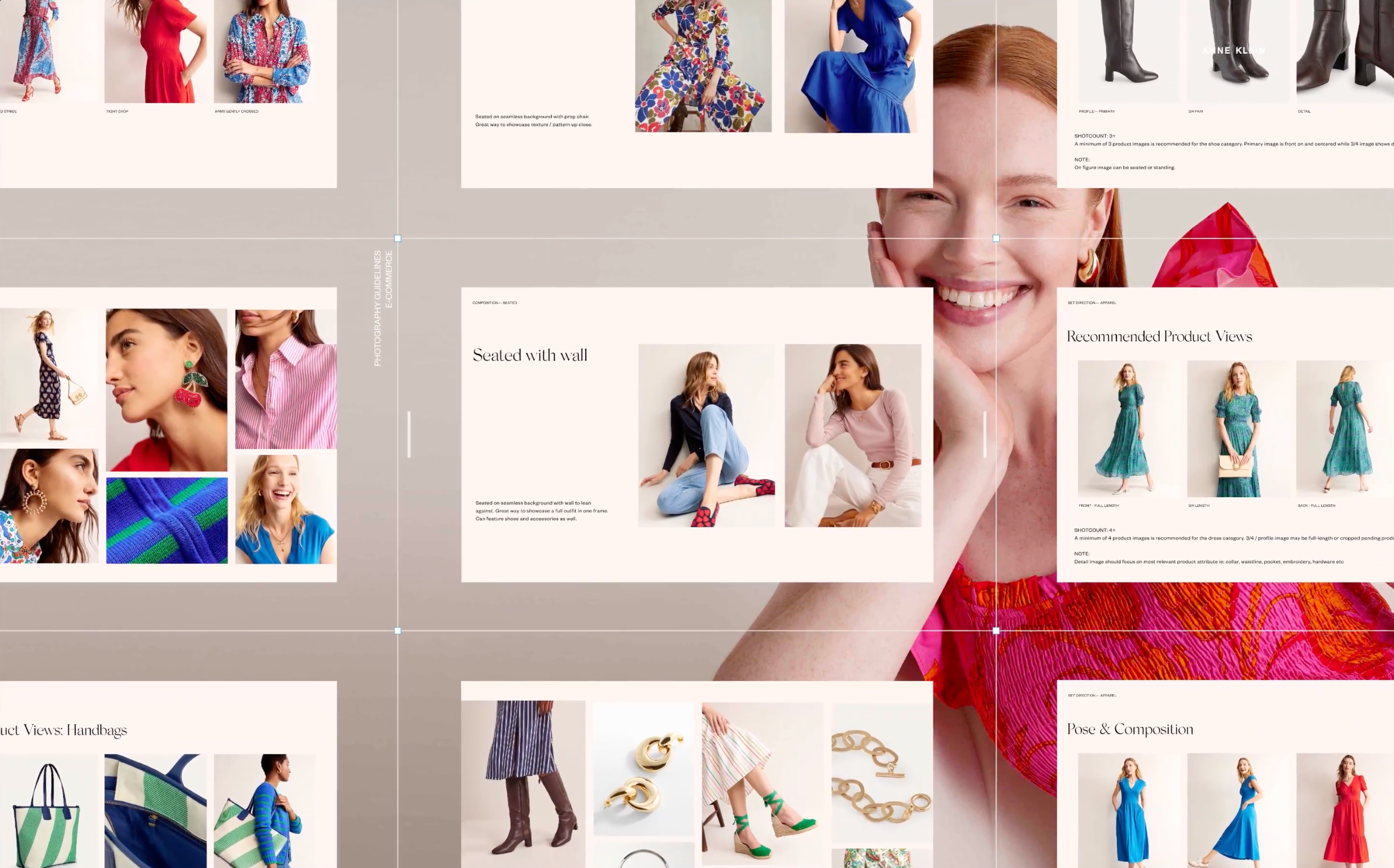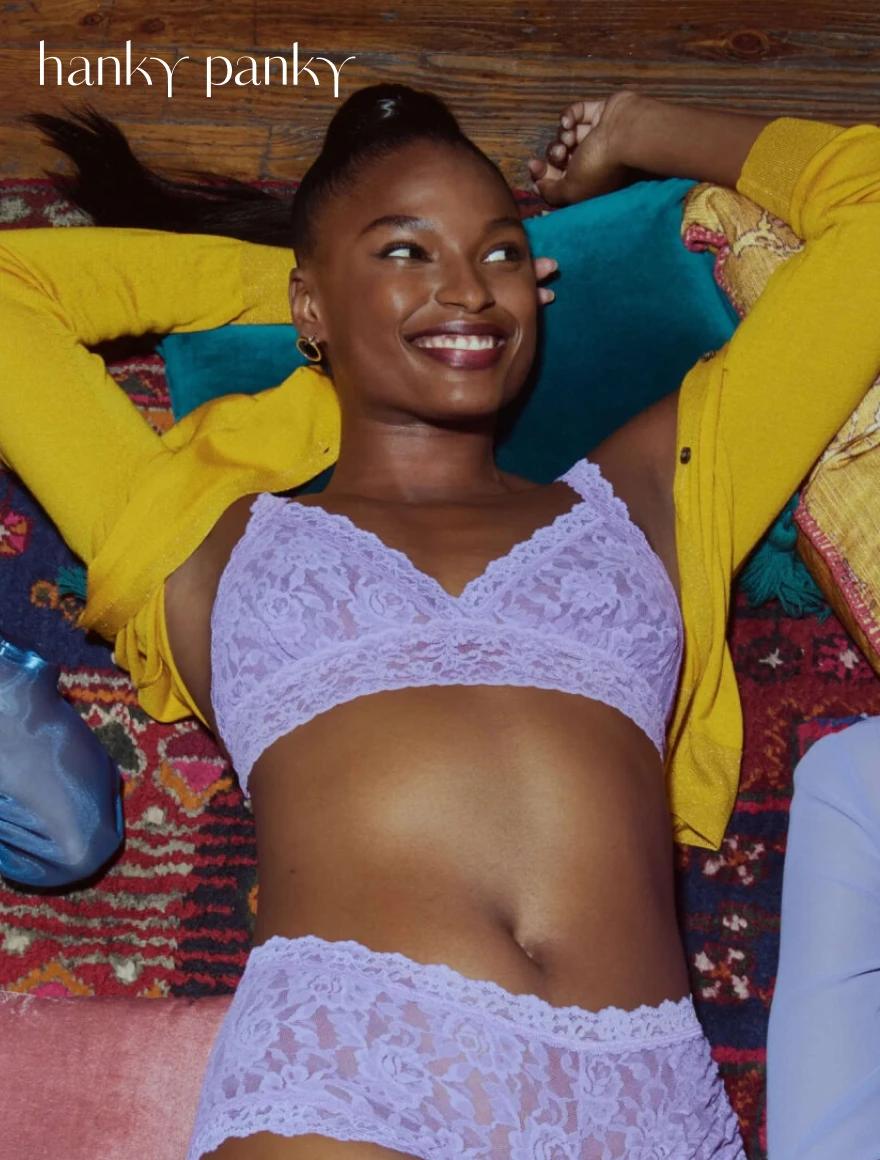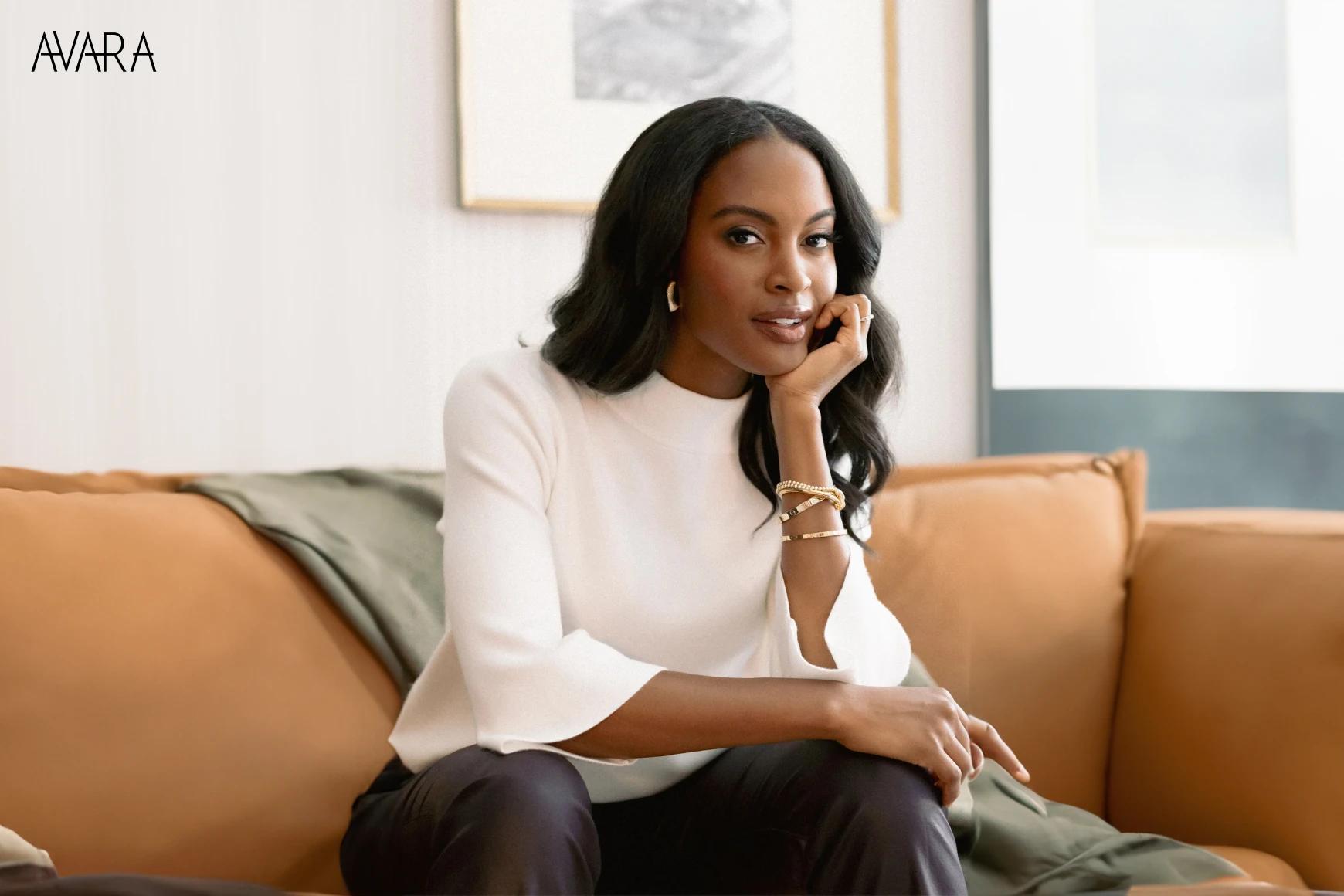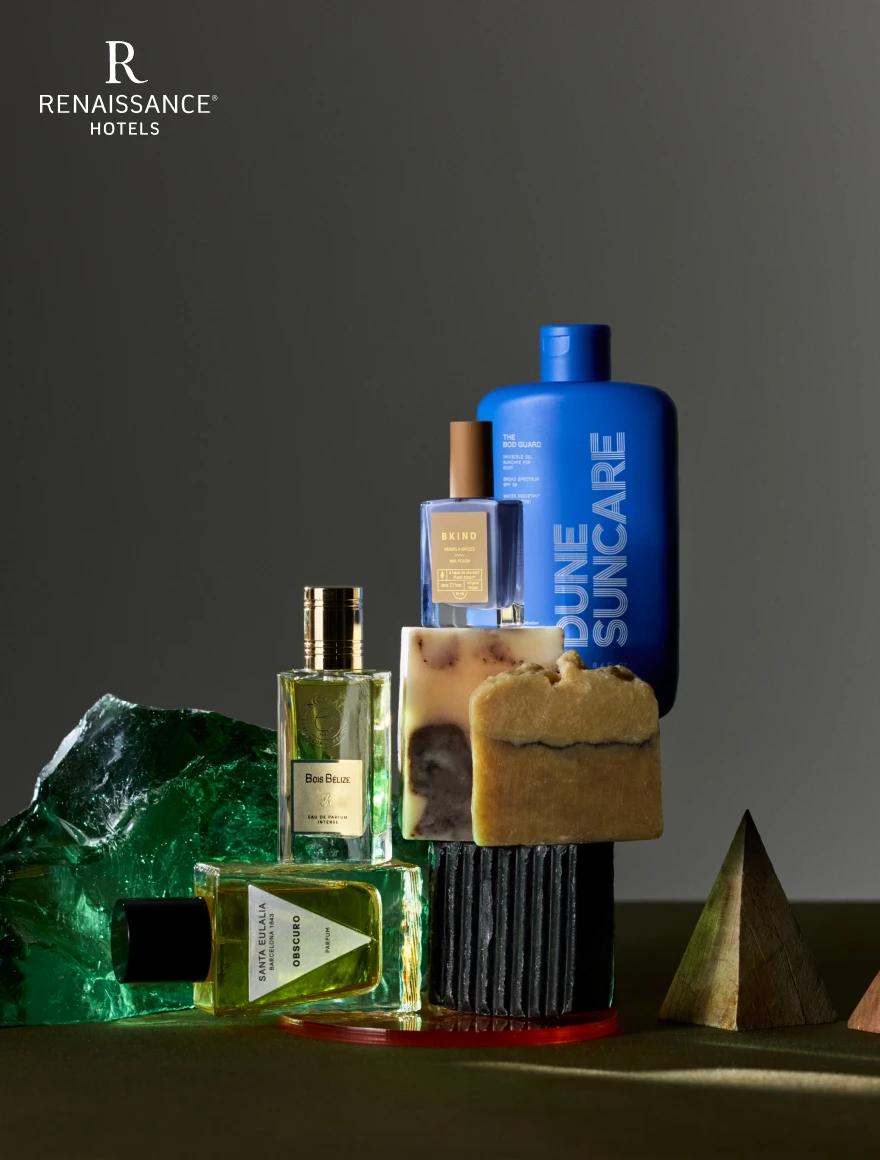How I Started Using Lean Brand Strategy To "Sell" To Our Clients.
Beautiful design alone doesn’t sell. This post breaks down how Lean Brand Strategy helps you frame your decisions, earn stakeholder trust, and drive real results.

When I first got into design, I thought that great work would speak for itself. Clean layouts, thoughtful typography, and elevated aesthetics...What more could a client want?
But after taking a UX/UI certification program this past year, I learned great design isn’t just about how things look and feel. It’s about what it problem it solves, and more importantly, how you explain that to your client.
That shift in mindset changed the way I work. I’ve been applying these takeaways directly to my projects at Driver Digital, especially with clients like Avara, a fashion-forward women’s ecommerce brand we recently helped elevate through a refined brand strategy and site design.
It’s Not Just About Design. It’s About Framing.
One of the most impactful lessons from my UX course was understanding the importance of context. Without it, even the best design decisions can be viewed as only subjective.
When stakeholders don’t understand the direct problem you’re solving, their feedback often becomes vague and personal. “Can this be more colorful?” or “It just doesn’t feel right.”
In the case of Avara, we didn’t just dive straight into new visuals. We first identified what felt inconsistent or unclear about their digital presence. Then we created a lean brand strategy that clearly defined the brand’s tone, personality, and direction. That gave our creative team—and the client—a shared foundation to build from.

Lean Strategy Helped Us Get Client Buy-In Faster
One of the defining frameworks I learned in my UX coursework was to treat every creative decision like a hypothesis.
With Avara, the goal was clear. Founder Emily Wickard wanted to take the brand from “boutique” to “brand.” That meant more than a visual refresh — it required a strategic evolution. We took measured but intentional steps to guide that transformation, beginning with a reimagined type system, updated color palette, new iconography, and a cohesive design system that extended into art direction.
By aligning on these foundational elements early, we created space for true collaboration. The process felt shared, not handed off.
When we delivered the final brand system — modern, minimal, feminine — the client was already aligned. The “sell” wasn’t really a sell. It was just the natural result of a shared process.

Making Design Decisions Feel Intentional
One of the biggest takeaways from my UX course was how to talk about design in a way that feels clear and convincing, not defensive.
During the Avara project, for example, we didn’t just update their color palette to feel more elevated. We chose hues that aligned with their brand’s femininity and sophistication while also improving visual clarity across digital touch-points.
So instead of saying
“This feels more elevated”
We were able to say
“We introduced a more refined, fashion-forward palette to reflect Avara’s evolution from boutique to brand.”
Or instead of
“This layout just looks more premium”
We explained
“We applied a modular system to streamline the UX, making it easier for users to explore product drops, which Avara heavily features. It also simplified ongoing updates for their internal team.”
It’s not about throwing in data for the sake of sounding smart. It’s about showing the why behind every choice — and building trust through intentional, informed design.

A Structure That Works
Whether I’m building a deck, a landing page, or a PDP wireframe, I try to keep my process aligned with this flow:
Problem — What’s not working?
Insight — What did we learn from users or performance data?
Hypothesis — What do we believe will help?
Solution — How does this design respond to that?
Impact — What’s the goal, and how are we measuring success?
This works in client presentations, internal reviews, or even a Slack thread. It’s a way to keep things clear and collaborative.

Final Thought
As a Junior Digital Designer, I used to think the hardest part of the job was creating something beautiful.
Now I know the real challenge is explaining why it matters.
Lean Brand Strategy helped me stop relying on taste and start building trust. It made me a better communicator, not just a better designer.
That shift has already made a difference in how I approach work at Driver Digital, and I’m excited to keep growing that muscle.




